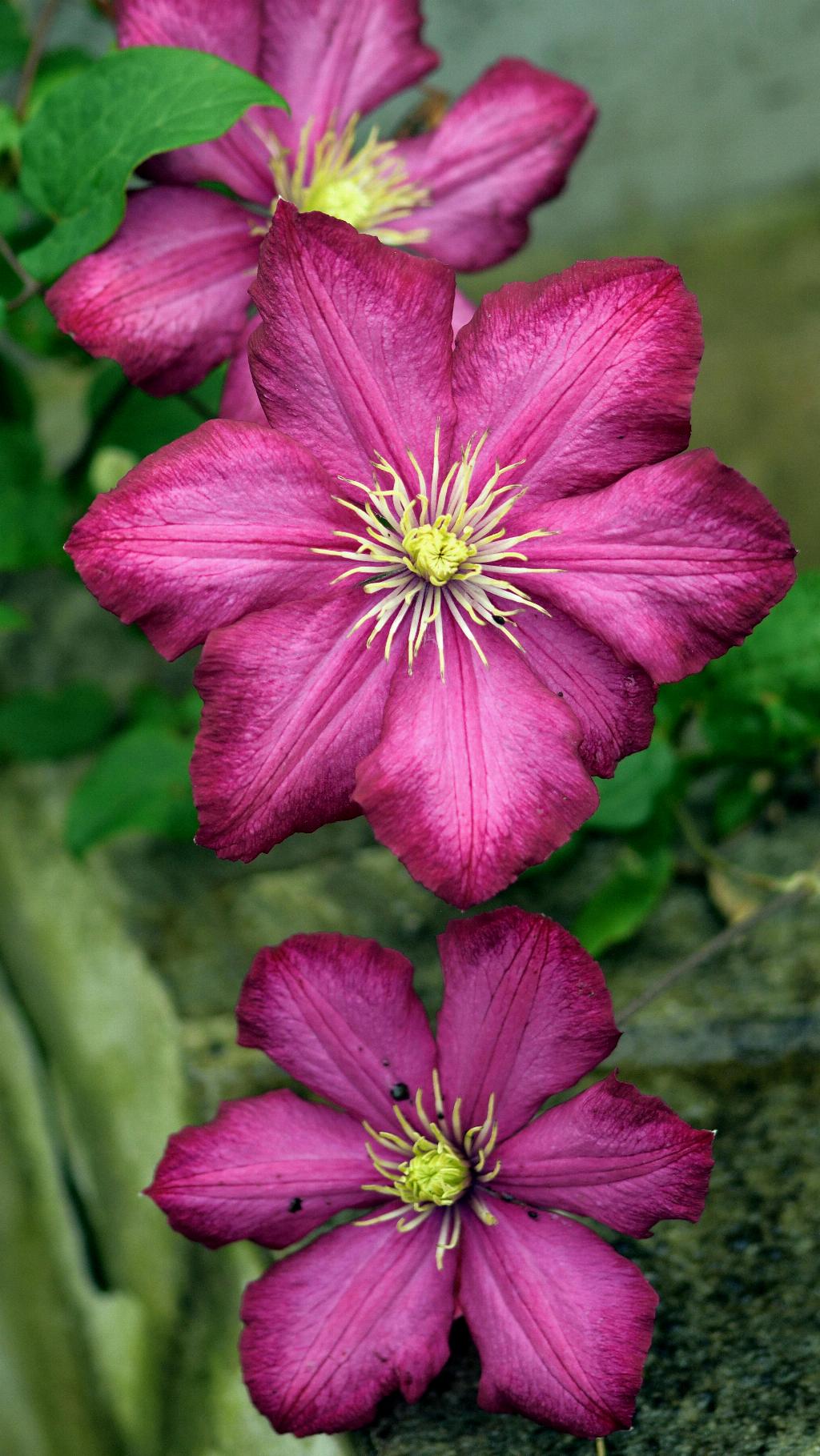Deadheading Clematis is a vital task that can enhance the health and beauty of your Clematis plants. By removing spent flowers, you encourage the plant to produce new blooms, leading to a longer flowering season. In this article, we will delve into the importance of deadheading Clematis, the best time to do it, various techniques, necessary tools, common mistakes to avoid, and essential tips for maintaining healthy Clematis plants.
Why Deadheading Clematis is Important
Deadheading Clematis plays a crucial role in stimulating the plant to redirect its energy towards producing new growth and blooms. By removing faded flowers, you prevent the plant from going to seed, which can disrupt its flowering cycle and diminish its overall vigor. Deadheading encourages continuous blooming and maintains the aesthetic appeal of your Clematis throughout the growing season.
When is the Best Time to Deadhead Clematis
The ideal time to deadhead Clematis is after the first flush of blooms start to fade. Regular deadheading should be performed throughout the blooming season to promote more flowers and prevent the plant from expending energy on seed production. Aim to deadhead Clematis promptly to ensure that the plant remains vibrant and healthy.
Different Techniques for Deadheading Clematis
There are several techniques for deadheading Clematis, including pinching off spent flowers with your fingertips, using pruners to cut the stem just above a set of healthy leaves, or shearing back the entire plant to encourage new growth. Choose a method that suits your Clematis variety and the level of maintenance you prefer for your garden.
Tools Required for Deadheading Clematis
Deadheading Clematis requires minimal tools such as sharp pruners or scissors to make clean cuts without damaging the plant. Ensure your tools are sanitized to prevent the transmission of diseases between plants. Having the right tools at hand can make the deadheading process efficient and effective.
Common Mistakes to Avoid When Deadheading Clematis
When deadheading Clematis, avoid cutting the plant back too severely, as this can limit its ability to produce new growth. Additionally, ensure you are removing only the spent flowers and not healthy buds or foliage. Take care not to damage the main stems or the structure of the plant during deadheading to maintain its shape and health.
Tips for Maintaining Healthy Clematis Plants
Aside from deadheading, it is essential to provide proper care for your Clematis plants to ensure their longevity and vitality. Maintain consistent watering, provide adequate sunlight, and support the plant as it grows to encourage healthy development. Consider fertilizing your Clematis to promote robust growth and abundant flowering.
Conclusion
Deadheading Clematis is a simple yet rewarding task that can transform the appearance of your garden. By following the outlined techniques, utilizing the right tools, and avoiding common mistakes, you can ensure that your Clematis thrives and blooms profusely. Remember to deadhead your Clematis regularly to enjoy a continuous display of colorful flowers and healthy, vigorous plants.

